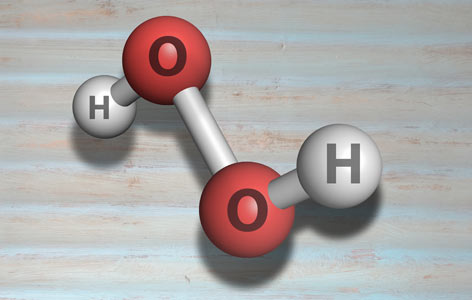
Most of the energy used by the body is produced through a molecular process known as oxidative phosphorylation. While the process is essential for the functioning of the body, it leads to the creation of harmful side products known as reactive oxygen species (ROS).
If left unchecked, free ROS can damage cells, contribute to the development of disease and may even promote aging. Fortunately, there are processes that operate in parallel, known as NADPH antioxidant pathways, that serve to "scavenge" ROS and stop their potentially harmful effects.
Thus, in a cell, the balance between the amount of harmful ROS produced and the activity of antioxidant pathways is critically important—this balance is known as the redox state.
A research team led by TGHRI Scientist Dr. Jonathan Rocheleau has developed a new molecular sensor capable of revealing the redox state in cells. The researchers used a diabetes model to verify that the system can monitor oxidative stress.
Comments Dr. Rocheleau, "The sensor, which we named Apollo-NADP+, responds to redox state and can essentially be 'hard-wired' into living cells. This genetically encoded sensor enables the oxidative state of single cells within tissues to be measured with higher reproducibility and accuracy than existing systems."
Future studies that use these tools may shed light on the wide range of diseases implicated in oxidative stress, which include diabetes, neurological diseases, certain cardiovascular diseases and age-related cancers.
This work was supported by the Natural Sciences and Engineering Research Council of Canada, the Canada Foundation for Innovation, the Structural Genomics Consortium and the Toronto General & Western Hospital Foundation.
Apollo-NADP(+): a spectrally tunable family of genetically encoded sensors for NADP. Cameron WD, Bui CV, Hutchinson A, Loppnau P, Gräslund S, Rocheleau JV. Nature Methods. doi: 10.1038/nmeth.3764. 2016 Feb 15. [Pubmed abstract]




